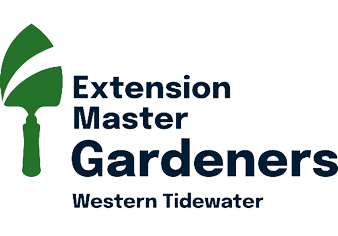Website Development Team
Meeting format
Meeting Goal: Briefly review progress, identify roadblocks, and document key decisions.
Meeting Frequency: Every 2 weeks on Sundays at 1 pm.
Meeting Duration: Goal 15-30 minutes, maximum 1 hour.
Meeting Structure: (The “What, Done, Challenges” Format):
Quick Check-in (2-3 minutes):
- Start with a brief, informal check-in.
- “How is everyone doing today?” or “Anything urgent we need to address before we start?”
- This helps build team cohesion and address immediate concerns.
“What I’m Doing”: (5-10 minutes):
- Each team member briefly states what they are currently working on.
- Keep it concise: “I’m working on the contact form,” or “I’m styling the header section.”
- This allows everyone to stay informed about the overall project progress.
- This helps identify any overlapping work.
“What I’ve Done”: (5-10 minutes):
- Each team member summarizes what they’ve completed since the last meeting.
- Focus on tangible accomplishments: “I finished the mobile responsiveness for the homepage,” or “I implemented the basic functionality for the user login.”
- This provides a clear record of progress and helps celebrate small wins.
“Challenges and Questions”: (5-10 minutes):
- Each team member shares any roadblocks or challenges they’re facing.
- Encourage open communication: “I’m having trouble with the image alignment on this page,” or “I’m not sure how to integrate this plugin.”
- The team can brainstorm solutions together or identify tasks that require further investigation.
- Document these challenges, and any solutions that are discovered.
Action Items and Next Steps: (2-3 minutes):
- Quickly summarize any action items that emerged from the meeting.
- Assign clear ownership and deadlines for each action item.
- Briefly outline the next steps for the project.
- This section can be very short, but must be included.
Documentation:
Simple Shared Document:
Use a shared document (Google Docs, Microsoft Word Online, or a simple text file) to record the following:
Date and time of the meeting.
Attendees.
Summaries of “What I’m Doing,” “What I’ve Done,” and “Challenges and Questions.”
Action items, and who is responsible for them.
Keep it Concise:
Focus on key points and avoid excessive detail.
Use bullet points and short sentences.
Accessibility:
Ensure everyone on the team has easy access to the document.
Best Practices:
Time Management:
Strictly adhere to the allotted time for each section.
Use a timer if necessary.
Active Listening:
Encourage team members to listen attentively and ask clarifying questions.
Positive Atmosphere:
Maintain a positive and supportive environment.
Celebrate successes and offer constructive feedback.
Regularity:
Consistent meetings help maintain momentum and prevent issues from escalating.
Visual aids:
If applicable, allow team members to share their screens to show progress or demonstrate challenges.
Why This Works:
Simplicity:
The format is easy to understand and follow.
Efficiency:
The short duration and focused agenda maximize productivity.
Transparency:
Everyone stays informed about the project’s progress and any challenges.
Collaboration:
The team can work together to solve problems and make decisions.
Documentation:
Creates a clear and concise record of the projects progress.
By implementing this meeting format, you can effectively manage your website development team and ensure that your projects stay on track.
